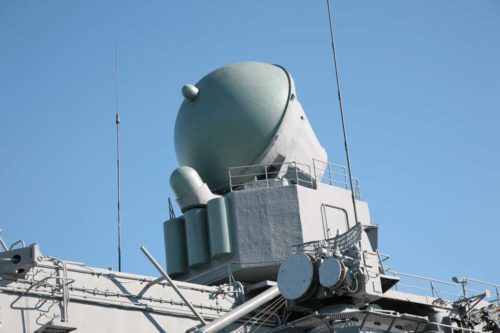NOAA has posted an interesting write-up of deep sea excavation for the “Industry”, a whaling ship that sank centuries ago.
The remains of the 64-foot long, two-masted wooden brig opens a window into a little known chapter of American history when descendants of African enslaved people and Native Americans served as essential crew in one of the nation’s oldest industries.
It begs the question of how ships of non-white American sailors might treat their own coastline, given the regressive white police state policies of the early 1800s.
The ship reportedly went down after “a strong storm snapped its masts and opened its hull to the sea on May 26, 1836”.
While Industry eventually sank, there was some mystery about what happened to the crew. Thanks to new research by Robin Winters, a librarian at the Westport Free Public Library, the crew’s fate is finally clear. Winters tracked down a June 17, 1836 article in the Nantucket Inquirer and Mirror that reported the crew of Industry was picked up at sea by another Westport whaling ship, Elizabeth, and crewmen were returned safely to Westport.
“This was so fortunate for the men onboard,” said Delgado, who worked closely with Winters and several other local historians to confirm the identity of Industry. “If the Black crewmen had tried to go ashore, they would have been jailed under local laws. And if they could not pay for their keep while in prison, they would have been sold into slavery.”
In other words this ship reveals how American sailors would have been jailed and enslaved if they had touched nearby American shores.

Men of African ancestry and Native Americans served side-by-side with men whose families had originated in Europe. Pay was based on shipboard position, and opportunities for advancement were largely based on merit and experience.
Some museums try to suggest it was integrated races working side-by-side that led to the equality on ships, yet that defies basic logic since the same could be experienced on land. Something was different about the sea.
Instead there were two major factors.
First the lack of pressure away from land — racism is a massive inefficiency terrible for the market that requires constant externalized costs (including harms known as “externalities”, taxing others), which is problematic away from land where self-sufficiency is essential to survival (similar to wilderness on land, which is why the frontier was far more diverse than encroaching settlements).
Second, because of high-risk jobs that demanded competence to survive it naturally attracted diverse groups of out-casts and risk-takers far more than any privileged and often incompetent abusive whites who depended on racism to force others to do hard work. There is thick irony in the fact that Black Americans are credited with winning the 1815 Battle of New Orleans (a turning point in a war with England) yet Black Americans repeatedly are unable to set foot in the country they did the actual hard work of defending.
Americans had to be rescued not only from the sea but also from domestic terror groups impeding rescue — an historic racist “go back” footnote that underscores how Black Americans served as “essential” workers and decorated veterans yet were denied even basic rights.
This also has been documented in the 1800s when Black American sailors who touched American shores would have their books seized before they were brutally tortured to death in attempts to reveal their social networks.
Or perhaps the best way of explaining it comes from an analysis of the American system of hierarchy. The origin story of America was unquestionably a slaveocracy intended to late 1700s block abolition movements; restrict liberties with a caste system in a new country of tyranny for profit.






